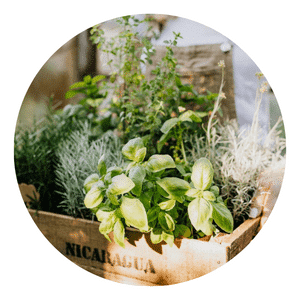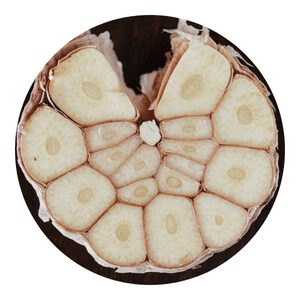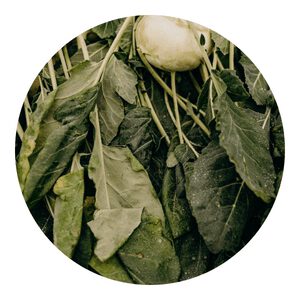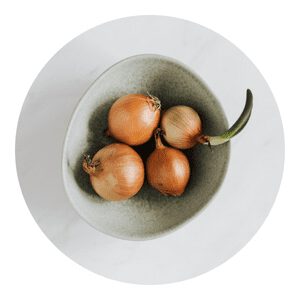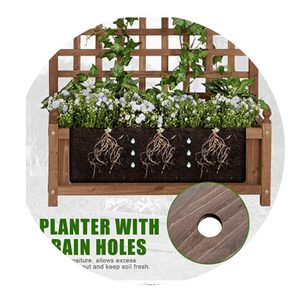How To Grow Organic Ginger
Chappy the gardener’s new guide, “How To Grow Organic Ginger,” provides tips and tricks for growing this flavorful and healthy herb at home.
Ginger is easy to grow and can be used in many different dishes, making it a great addition to any kitchen garden.
With Chappy’s help, you can have fresh ginger on hand all year long.
Ginger Menu
Ginger is a versatile plant that can be grown organically.
This article will teach you how to grow ginger successfully, from planting to harvesting. Introduction: The benefits of ginger and how to grow it
Choose a pot and soil
When growing organic ginger, you will need to choose a pot and soil. The pot should be about 2 gallons in size and have drainage holes in the bottom.
You can use any type of soil, but it is best to use a soil that is high in organic matter.
Plant the ginger
Ginger is a rhizome with a long, slender stalk that grows underground. The edible flesh is creamy white and has a peppery, slightly sweet taste.
Fresh ginger can be stored in the refrigerator for two to four weeks.
Before planting ginger, be sure to select a sunny spot with well-drained soil. Amend the soil with compost or organic matter before planting.
Ginger can be planted by dividing an existing ginger plant or by purchasing a ginger root at the grocery store.
To divide an existing ginger plant, use a sharp knife to cut the rhizome into two or three pieces. Each piece should have at least one “eye” or bud. Plant each piece in well-drained soil and water thoroughly.
To plant a grocery store ginger root, cut off any brown skinned and trim away any dried roots.
Water the ginger
In order to water the ginger, you will need to know the plant’s name. The ginger plant is also known as Zingiber officinale. It is a tropical plant that likes moist, well-drained soil and partial shade.
In the home garden, it can be grown in a pot or container.
The best time to water ginger is early morning or evening when the sun is not shining directly on it.
Fertilize the ginger
Organic ginger production is possible by using green manure, compost and organic fertilizers.
A 2-year study was conducted to determine the effects of green manure, compost and mineral fertilizer on ginger yield, quality and soil fertility.
Results indicated that the application of green manure (Sesbania aculeate), compost (FYM) and nitrogenous fertilizer significantly increased the ginger yield, quality and soil fertility.
The use of green manure was more efficient in improving the soil fertility than compost or nitrogenous fertilizer.
If you want to grow organic ginger, You need rich soil and plenty of water. The rhizomes should be planted deep, With the buds pointing up. Ginger grows best in warm weather, So make sure you keep it well fertilized. When the leaves start to brown, it's time to harvest. Enjoy your homegrown ginger!
Chappy The Gardener
Harvest the ginger
Ginger is a popular spice used in cooking, as well as in tea and other beverages.
It has many potential health benefits, including reducing inflammation and nausea.
Ginger can be harvested fresh or dry.
To harvest ginger fresh, dig around the root of the plant and gently tug until it comes loose.
To harvest ginger dry, cut off the stem just below the rhizome (root).
Can I grow ginger from a piece of ginger?
You can grow ginger from a piece of ginger that you have in your kitchen.
How do you grow organic ginger indoors?
There are a few things to consider when growing organic ginger indoors.
The most important factor is choosing the right potting mix. Ginger doesn’t grow well in soil that is too wet or heavy, so a potting mix that drains well is ideal.
You can either make your own potting mix or purchase a premade mix specifically for growing ginger.
Another important factor is the location of the plant. Ginger prefers bright, but indirect light. A spot near a window, but out of direct sunlight, is perfect.
Watering is also important.
Ginger needs moist soil, but not wet soil. Be sure to water regularly, but avoid getting the leaves and stems wet as this can lead to disease problems.
Fertilizing is not typically necessary, but if you decide to do so use a organic fertilizer diluted to half strength.
Can you eat ginger plant leaves?
Yes, the leaves of the ginger plant are edible and can be eaten raw or cooked.
Ginger leaves are a good source of vitamins A and C, as well as minerals like magnesium, potassium, and zinc. They also contain antioxidants that may help protect against disease.
The leaves have a slightly spicy flavor and can be added to salads, smoothies, or cooked dishes.
Do ginger plants spread?
No one is entirely sure whether ginger plants spread or not. Proponents of the idea say that the plant’s underground rhizomes can travel for some distance, taking root and sprouting new plants.
Some people have even reported finding ginger growing in their lawns after a heavy rain, seemingly having originated from a clump of ginger they had planted in their garden.
However, there is no scientific evidence to support this claim. In fact, a study by the University of Florida Extension Service found that ginger plants do not spread far from their original planting point.
What is the best organic fertilizer for ginger?
Organic fertilizers are created from natural, renewable resources and do not contain any synthetic chemicals.
This makes them a safer and more environmentally friendly choice for fertilizing plants than chemical fertilizers.
There are many different types of organic fertilizers available, so it can be tricky to choose the best one for your needs.
One popular organic fertilizer is compost.
Compost is made up of decomposed plant material, such as leaves, grass clippings, and kitchen scraps. It is high in nitrogen, phosphorus, and potassium—the three main nutrients that plants need to grow healthy and strong.
Another great option is manure.
Manure is made up of animal waste and bedding materials, such as straw or wood shavings. It is high in nitrogen and phosphorus and also contains micronutrients that are essential for plant growth.
Are coffee grounds good for ginger plants?
There is some debate over whether coffee grounds are good for ginger plants or not. Some people say that the grounds help to acidify the soil, which is beneficial for ginger plants.
Others say that adding coffee grounds to the soil can actually have a negative effect on ginger plants, making the soil too acidic.
So far, there has been no definitive answer as to whether coffee grounds are good or bad for ginger plants.
How long does it take to grow a ginger?
Ginger is a spice that is obtained from the rhizome of the ginger plant.
The ginger plant is a tropical perennial that grows best in warm climates. It can be grown in many different types of soil, but prefers a moist, sandy loam.
Ginger does not require a lot of care and can be grown in home gardens.
The harvest time for ginger depends on the variety grown, but typically it is ready to be harvested within 10-12 months after planting.
What month do you plant ginger?
Ginger is a tropical plant that can be grown in U.S. Department of Agriculture plant hardiness zones 10 and 11.
In warmer climates, ginger can be grown in the ground; in cooler climates, grow ginger in a pot and bring it inside during winter.
Ginger can also be grown from a cutting taken from an established plant.
How do I protect my ginger in the winter?
When fall starts to wind down and the leaves start to change colors, you know that winter is right around the corner.
For ginger growers, this also means it’s time to start preparing their ginger plants for the colder weather.
There are a few things you can do to protect your ginger plants from the cold and help them thrive throughout the winter.
The first thing you need to do is make sure your ginger plants are healthy and well-established before winter hits. Once temperatures start dropping below 50 degrees Fahrenheit, it’s important not to let your plants get too much frostbite or they will die.
If you live in an area with severe winters, you may need to bring your ginger plants inside or cover them with a frost blanket when temperatures get too low.
In conclusion, growing organic ginger is a great way to get fresh ginger year-round. It’s easy to do, and doesn’t require a lot of space or special equipment. If you’re interested in growing your own ginger, be sure to give this guide a try!
If you have any questions about growing organic ginger, feel free to ask them in the comments below.
I’ll be happy to help out as much as I can.
Click To Grow
Helps Us Grow – Share If You Like





